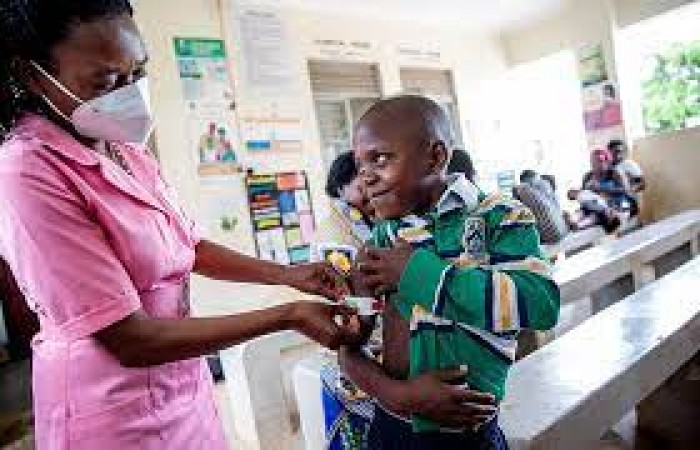
In the past few decades, the human immunodeficiency virus (HIV) and acquired immunodeficiency syndrome (AIDS) have remained a significant global health challenge. Despite remarkable progress in research and treatment, the battle against HIV/AIDS is far from over. This article delves into the ongoing fight against the virus, the advancements in treatment, and the current state of HIV/AIDS worldwide.
1. Understanding HIV/AIDS: A Global Overview
1.1 What is HIV/AIDS?
HIV, a retrovirus, attacks the body's immune system, specifically the CD4 cells, gradually weakening the body's ability to fight infections. When the immune system becomes severely compromised, it leads to AIDS, the final stage of HIV infection.
1.2 The Global Impact of HIV/AIDS
HIV/AIDS has had a profound impact worldwide, affecting millions of lives and communities. Sub-Saharan Africa remains the most heavily affected region, with a high prevalence of HIV infections.
1.3 The Role of Education and Awareness
Education and awareness campaigns play a vital role in preventing the spread of HIV. Proper knowledge about transmission, prevention, and stigma reduction is crucial.
2. Progress in HIV/AIDS Treatment
2.1 Antiretroviral Therapy (ART)
Antiretroviral drugs have revolutionized HIV/AIDS treatment. ART effectively suppresses viral replication, enhances the immune system, and prolongs the lives of those living with HIV.
2.2 Pre-Exposure Prophylaxis (PrEP)
PrEP is a preventive approach where high-risk individuals take antiretroviral medication to reduce the risk of HIV transmission.
2.3 Challenges in Treatment Adherence
Despite the effectiveness of treatment options, challenges like medication adherence still persist, which can lead to drug resistance.
3. Ongoing Research and Advancements
3.1 Promising Vaccine Research
Researchers continue their efforts in developing a safe and effective HIV vaccine, which would be a game-changer in the fight against the virus.
3.2 Gene Editing Possibilities
Advancements in gene-editing technologies like CRISPR/Cas9 offer hope for potential HIV cure strategies.
4. Tackling Stigma and Discrimination
4.1 Addressing Social Stigma
Stigma and discrimination remain major barriers to HIV prevention and treatment. Efforts to educate and sensitize society are crucial.
4.2 Empowering Affected Communities
Supporting and empowering communities affected by HIV/AIDS is essential for fostering a more inclusive and understanding society.
5. HIV/AIDS and Mental Health
5.1 The Psychological Impact
Living with HIV can take a toll on mental health. Addressing mental health challenges is vital for comprehensive care.
5.2 Integrating Mental Health Services
Integrating mental health services into HIV/AIDS care can significantly improve the quality of life for individuals living with the virus.
6. The Path Forward: Combining Efforts
6.1 Collaborative Approach
Combining efforts from governments, NGOs, healthcare providers, and affected communities is crucial in the fight against HIV/AIDS.
6.2 Sustainable Funding
Sustained financial support is necessary to continue research, prevention, and treatment initiatives. The ongoing fight against HIV/AIDS is marked by progress and challenges alike. Advances in treatment, ongoing research, and increased awareness have significantly improved the lives of those living with the virus. However, the battle is far from won, and it is essential to sustain these efforts and address social stigma and discrimination to achieve a world free from HIV/AIDS.
CRISPR Gene Editing Innovations: Cutting-Edge Applications and Ethical Considerations
Sony PlayStation 5 Receives Hefty Rs. 7,500 Discount for Indian Consumers Starting July 25
Boxing 101: The Ultimate Guide to Footwork, Punching, and Defense